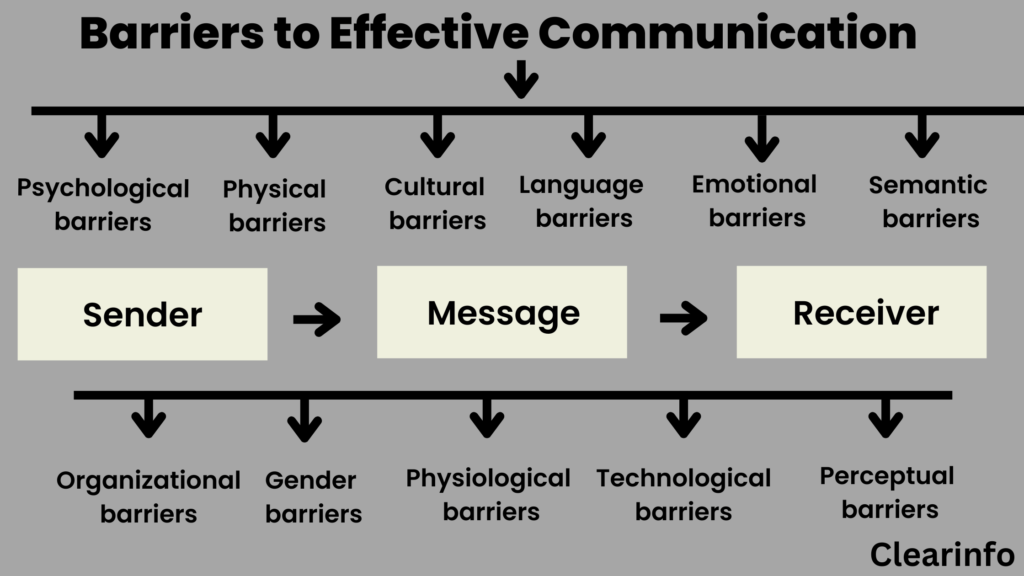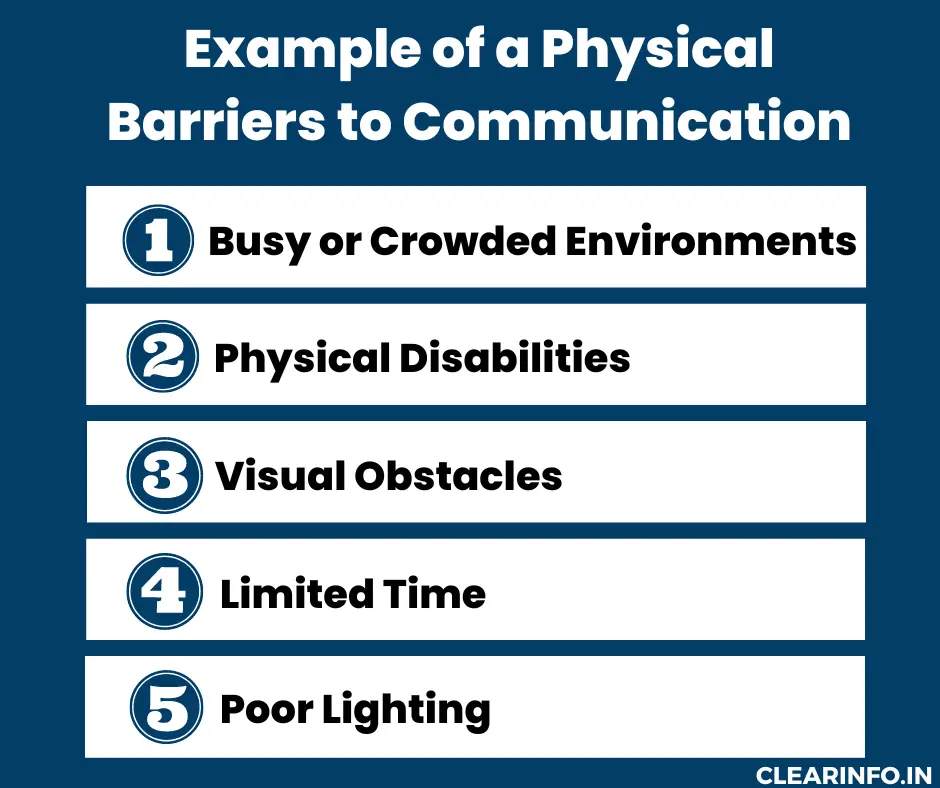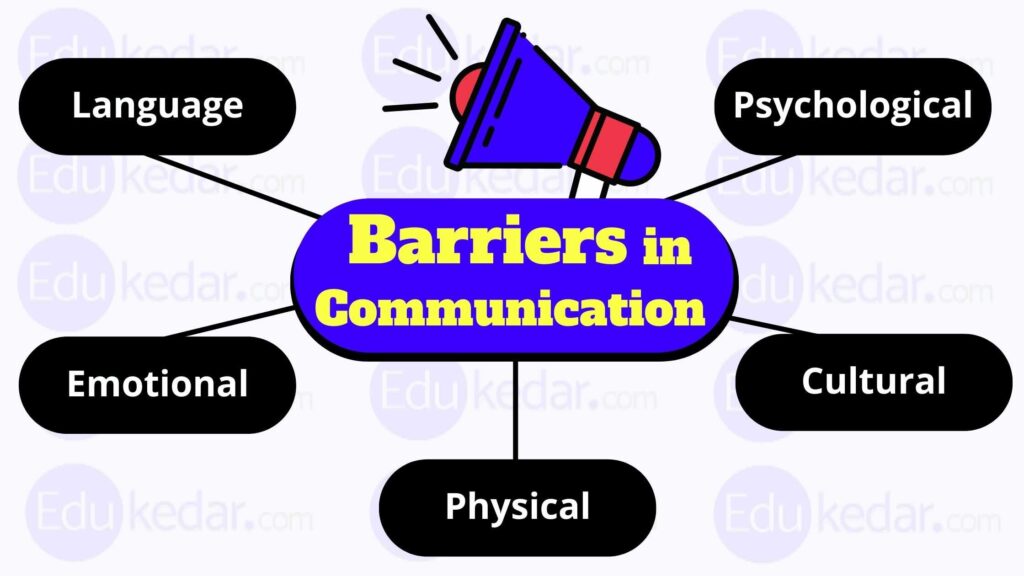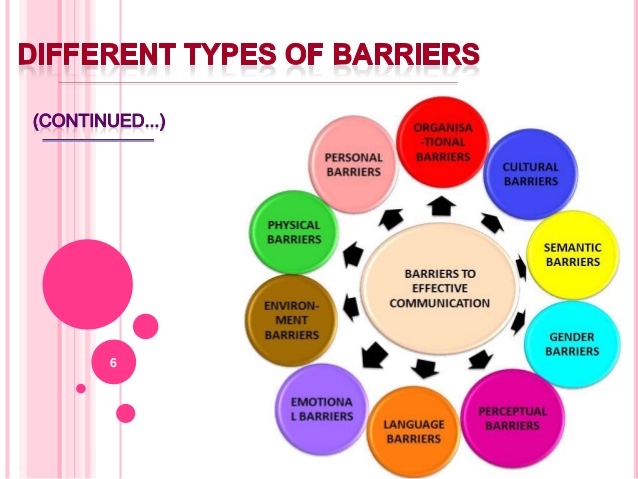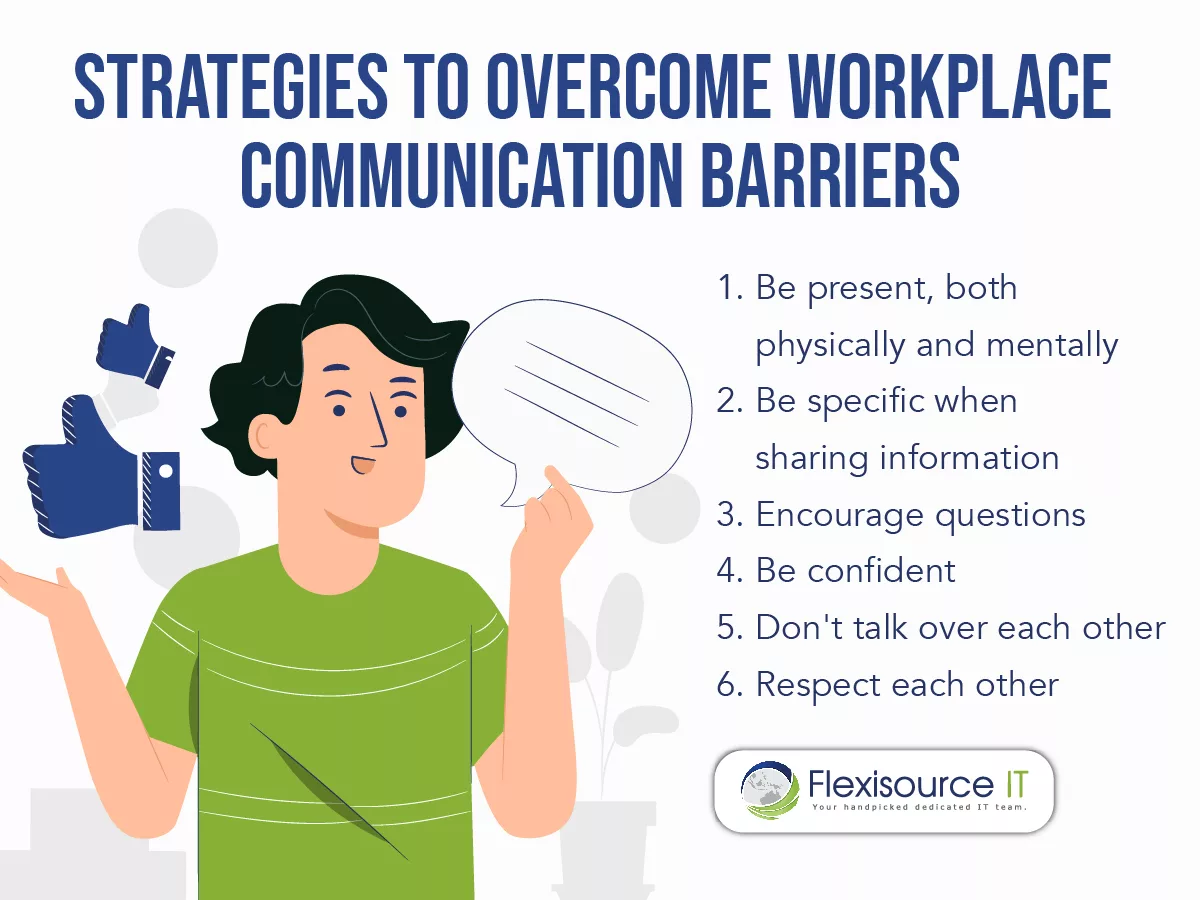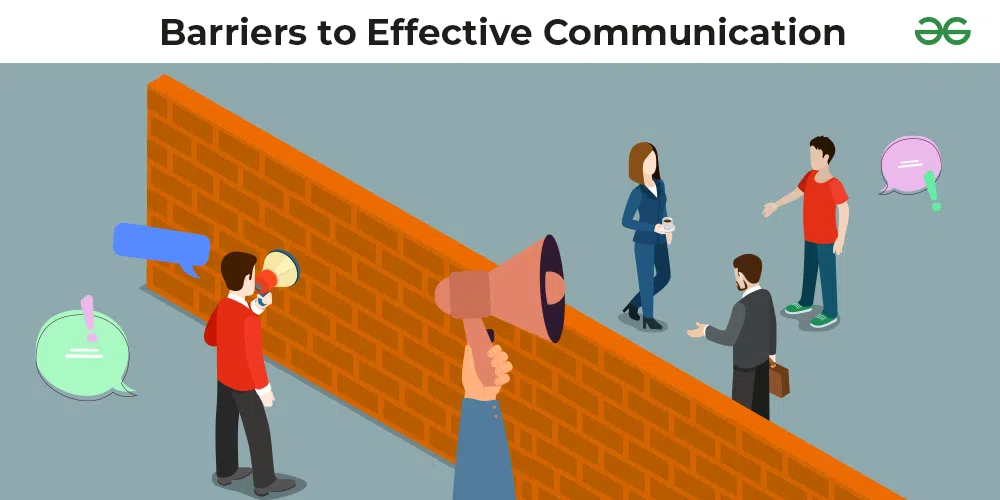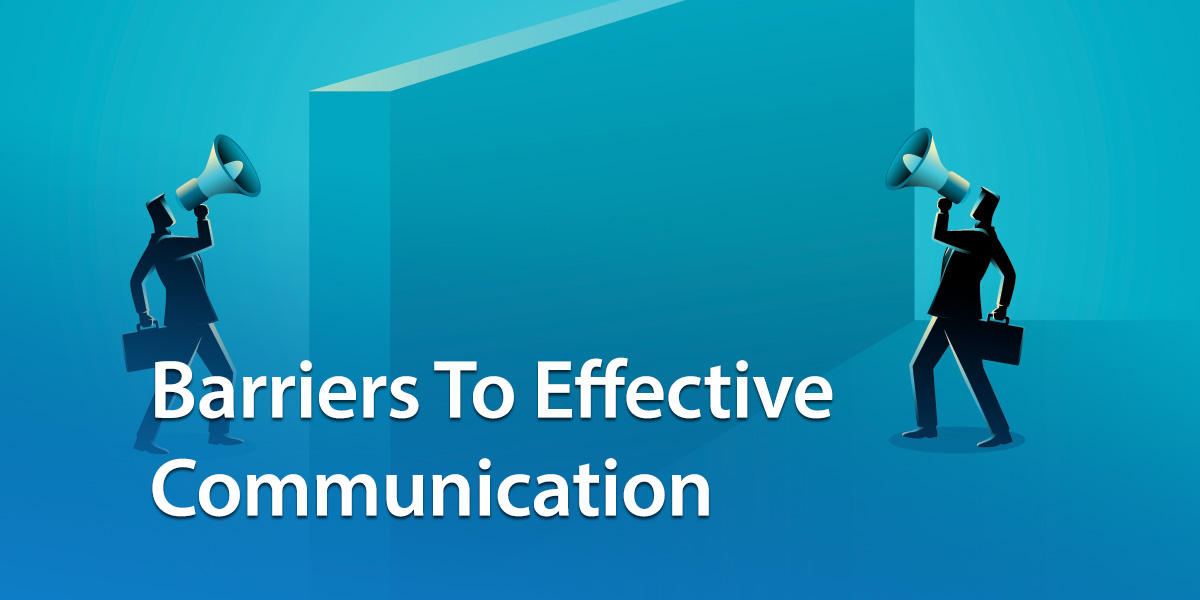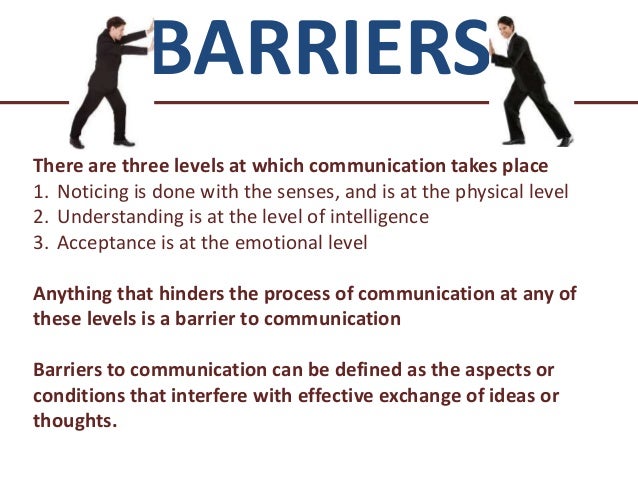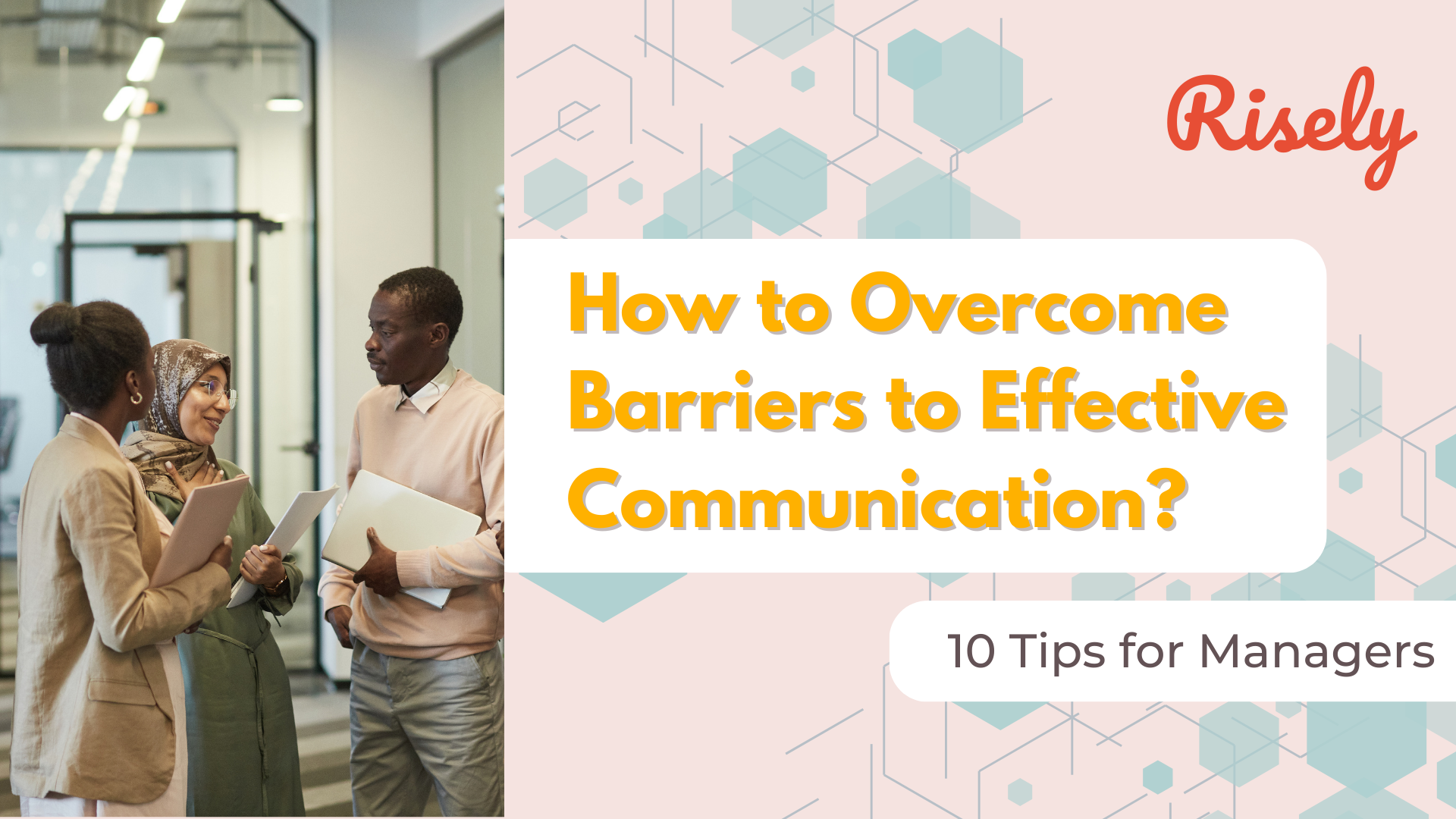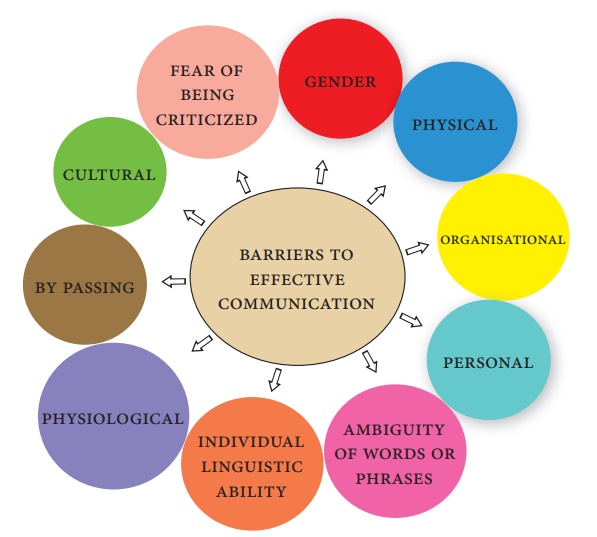Identify Barriers To Communication
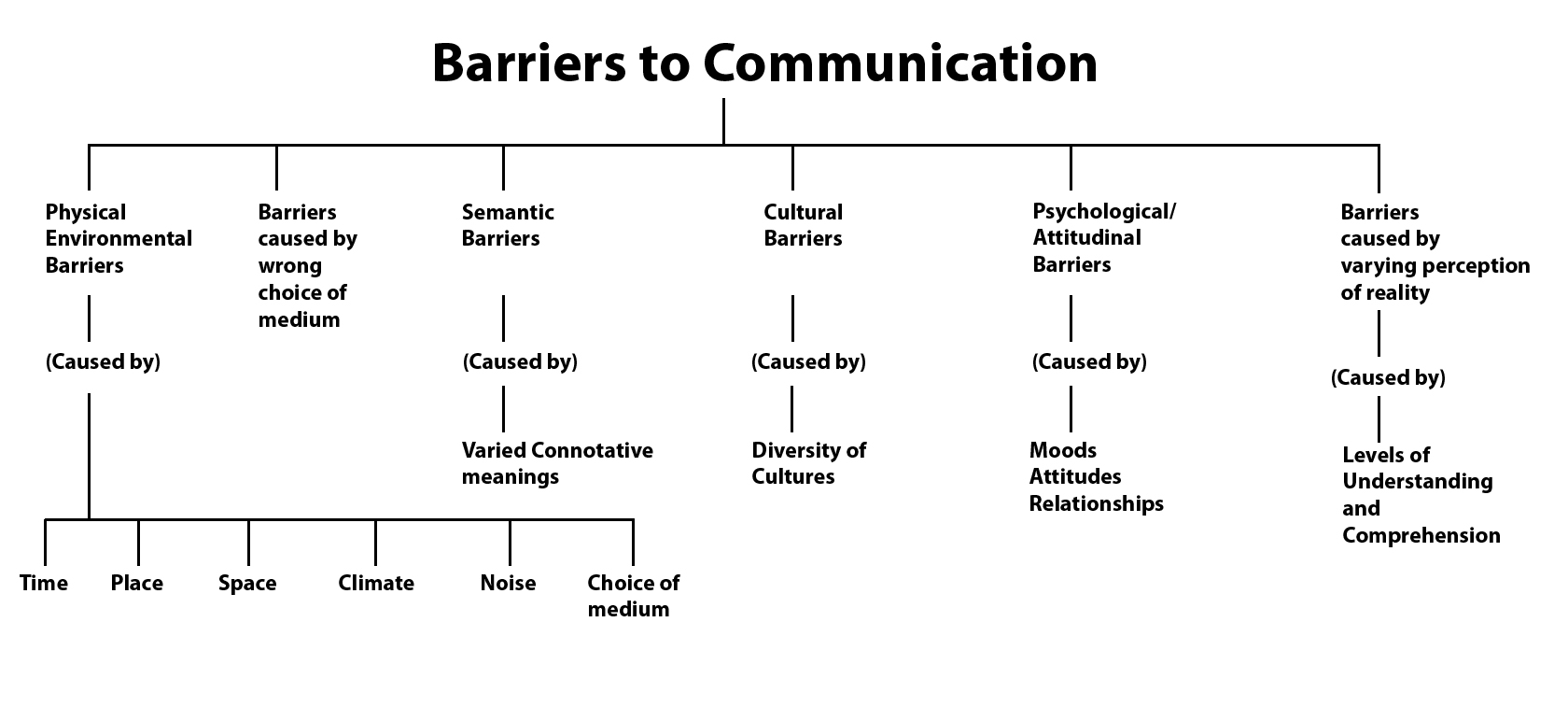
In an increasingly interconnected world, effective communication is the bedrock of societal progress, economic stability, and individual well-being. Yet, despite technological advancements designed to facilitate seamless exchange, communication breakdowns remain pervasive, hindering progress across diverse sectors.
From strained interpersonal relationships to systemic inefficiencies within organizations, the failure to communicate effectively carries significant consequences. This article delves into the multifaceted barriers impeding clear communication, drawing on research, expert opinions, and real-world examples to illuminate the scope and impact of this persistent challenge.
The Nut Graf: Unpacking the Communication Obstacles
Communication barriers are any factors that obstruct the effective exchange of information between individuals or groups. These barriers can manifest in various forms, including physical, psychological, linguistic, and cultural obstacles.
Understanding and addressing these impediments is crucial for fostering collaboration, resolving conflicts, and achieving shared goals. Overcoming these barriers requires a multifaceted approach involving individual awareness, organizational changes, and technological solutions.
Physical Barriers: Distance and Distraction
Physical barriers are perhaps the most straightforward to identify. Noise, distance, and physical impediments can directly interfere with the transmission and reception of messages.
For instance, a construction site with heavy machinery operating nearby makes verbal communication challenging. Similarly, a poorly designed office space may hinder communication between departments due to physical separation.
Technological solutions like noise-canceling headphones and video conferencing can mitigate some of these physical barriers, but careful consideration of the physical environment remains essential.
Psychological Barriers: Attitudes and Assumptions
Psychological barriers are often more subtle but equally impactful. These barriers arise from the attitudes, beliefs, and perceptions of individuals involved in the communication process.
Prejudice, stereotypes, and biases can cloud judgment and lead to misinterpretations. A sender's negative attitude toward the receiver, or vice versa, can distort the message and create mistrust.
Active listening, empathy, and self-awareness are essential tools for overcoming psychological barriers. Recognizing and addressing personal biases is crucial for fostering open and honest communication.
Linguistic Barriers: Language and Jargon
Linguistic barriers arise from differences in language, vocabulary, and communication styles. When individuals do not share a common language, communication becomes inherently difficult.
Even within the same language, jargon, technical terms, and slang can create confusion. Complex language can alienate individuals who lack the necessary background knowledge.
Simplifying language, using clear and concise terminology, and providing translations can help bridge linguistic gaps. It is also important to be mindful of cultural differences in communication styles.
Cultural Barriers: Norms and Values
Cultural barriers stem from the diverse norms, values, and customs that shape communication patterns across different cultures. Nonverbal cues, such as eye contact and body language, can have different meanings in different cultures.
For example, direct eye contact may be considered respectful in some cultures, but rude in others. Similarly, the level of formality in communication can vary significantly across cultures.
Cross-cultural training and sensitivity programs can help individuals develop a greater understanding of cultural differences and adapt their communication styles accordingly. Openness to learning and respect for diverse perspectives are key to overcoming cultural barriers.
Organizational Barriers: Hierarchies and Structures
Within organizations, hierarchical structures and communication channels can create barriers to information flow. Information may be filtered or distorted as it moves up and down the organizational hierarchy.
Bureaucratic processes and complex reporting lines can slow down communication and hinder decision-making. A lack of transparency and open communication policies can also contribute to organizational barriers.
Flattening organizational structures, promoting open communication channels, and empowering employees can help overcome these barriers. Encouraging feedback and creating a culture of transparency are essential for effective organizational communication.
Moving Forward: Strategies for Effective Communication
Addressing communication barriers requires a concerted effort from individuals, organizations, and communities. Investing in communication skills training, promoting cultural awareness, and adopting inclusive communication practices are crucial steps.
Organizations can foster open communication by implementing feedback mechanisms, encouraging employee participation, and promoting transparency. Technology can also play a role in facilitating communication, but it is important to use technology thoughtfully and ethically.
Ultimately, effective communication is a skill that requires continuous learning and adaptation. By recognizing and addressing the barriers to communication, we can build stronger relationships, more effective organizations, and a more connected world. Ongoing research into communication dynamics is essential to better understand and mitigate emerging barriers in an ever-evolving global landscape.
